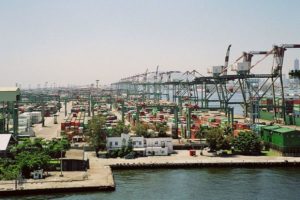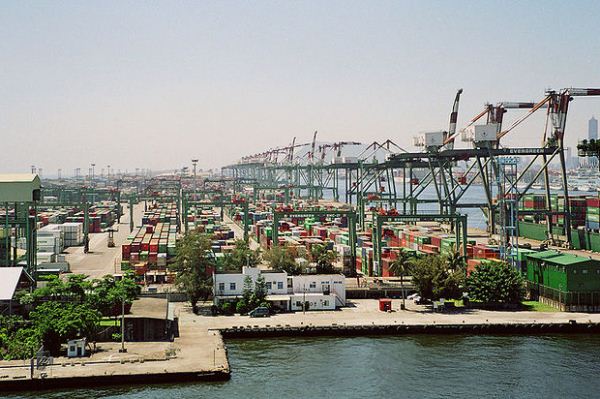 Ship owners have expressed concern over an increase in fuel costs for vessels calling at Taiwan’s ports from 2019—when the state moves to 0.5% sulfur fuel oil from 3.5%—noting that the subsidies to encourage the switch prior to the deadline are not sufficient, according to a report by S&P Global Platts.
Ship owners have expressed concern over an increase in fuel costs for vessels calling at Taiwan’s ports from 2019—when the state moves to 0.5% sulfur fuel oil from 3.5%—noting that the subsidies to encourage the switch prior to the deadline are not sufficient, according to a report by S&P Global Platts.
This comes after a recent announcement that Taiwan would implement a maximum sulfur cap of 0.5% for all vessels entering its waters and calling in its ports from January 1, 2019, said Platts, a global provider of information, benchmark prices, and analytics for the energy and commodities markets.
Since current prices for 380 CST 3.5% sulfur fuel oil are around US$370 to $390 per metric ton (mt) on average, any 0.5% sulfur fuel is going to cost much more than this, and the subsidies on offer are not going to be sufficient at all, one ship owner said.
“Not many people are providing low sulfur fuel oil, so people will likely use marine gasoil, which costs $350-$400 more per metric ton. An Aframax tanker discharging uses 90 mt of MGO to shift between the outer and inner anchorage,” the ship owner added.
Taiwan is looking to spend a total of TWD77 million ($2.6 million) on anti-pollution subsidies to encourage shippers to use more environmentally friendly fuel and slow down at the country’s ports, the Ministry of Transportation and Communications (MOTC) told S&P Global Platts.
From February 1 until the end of this year, the TWD5,000 subsidy is available for both foreign and domestic vessels plying international voyages, and the total allocated amount for this subsidy over this period is TWD45 million, which is expected to subsidize 9,000 vessels.
This subsidy is handled and issued by the Taiwan Port Corporation and will be dispensed on a monthly basis.
“From 2019, there will be no incentive measures and those who do not comply will be fined between TWD100,000-TWD500,000,” said Liao Jun-ying, chief of the Harbor Planning Division at MOTC.
Taiwan has also allocated TWD32 million to encourage vessels to slow down within a radius of 20 nautical miles from the country’s ports. This program is a TWD8,000 subsidy for container vessels and cruise liners.
A previous vessel slowdown program in 2006 had seen a 40.6% reduction of sulfur oxides, nitrogen oxides, and suspended particles, reducing pollution by 82,000 tons. In 2018, Kaohsiung Harbor is expected to achieve a 60% slowdown in vessel speeds.
Overall, MOTC intends the initiative to reduce air pollution in Kaohsiung Harbor by 4.45% to 10.5%, and will conduct quarterly reviews on the anti-pollution subsidy program.
For other ship owners who already ply other ports in the North Asia market, the addition of Taiwan utilizing low sulfur marine fuel was less of an issue for them, as they had more options of bunkering elsewhere, they said.
“It is the same as in Hong Kong and North China, so now we are just adding Taiwan to it, and it is not a major port for Aframax so it is not a big impact,” a ship owner said.
“Taiwan’s rule is also likely to be applicable within a limited radius; not much fuel will be needed for that and while discharging cargo or otherwise during berthing,” one source told Platts.
The rule does not appear as stringent as other regions such as the Baltic Sea, North Sea and North America, where sulfur content is capped at 0.1%, said another.
On the cargo market front, traders were not sure how the sulfur cap for marine fuels will impact cargo imports into Taiwan, trader sources said.
The main question here is whether Taiwan, in addition to regulating the use of low sulfur marine fuel within port waters, will allow high sulfur marine fuel to be sold in their ports for ocean-going vessels to utilize once they have exited Taiwan’s waters, they added.
If high sulfur marine fuel will still be sold in port, then this should not impact their monthly high sulfur fuel oil cargo requirements, market sources said.
Photo: Public Domain





